Astronomy Photographer of the Year 2015 shortlist reveals jaw-dropping shots of space
Winners of nine categories are announced a ceremony in September
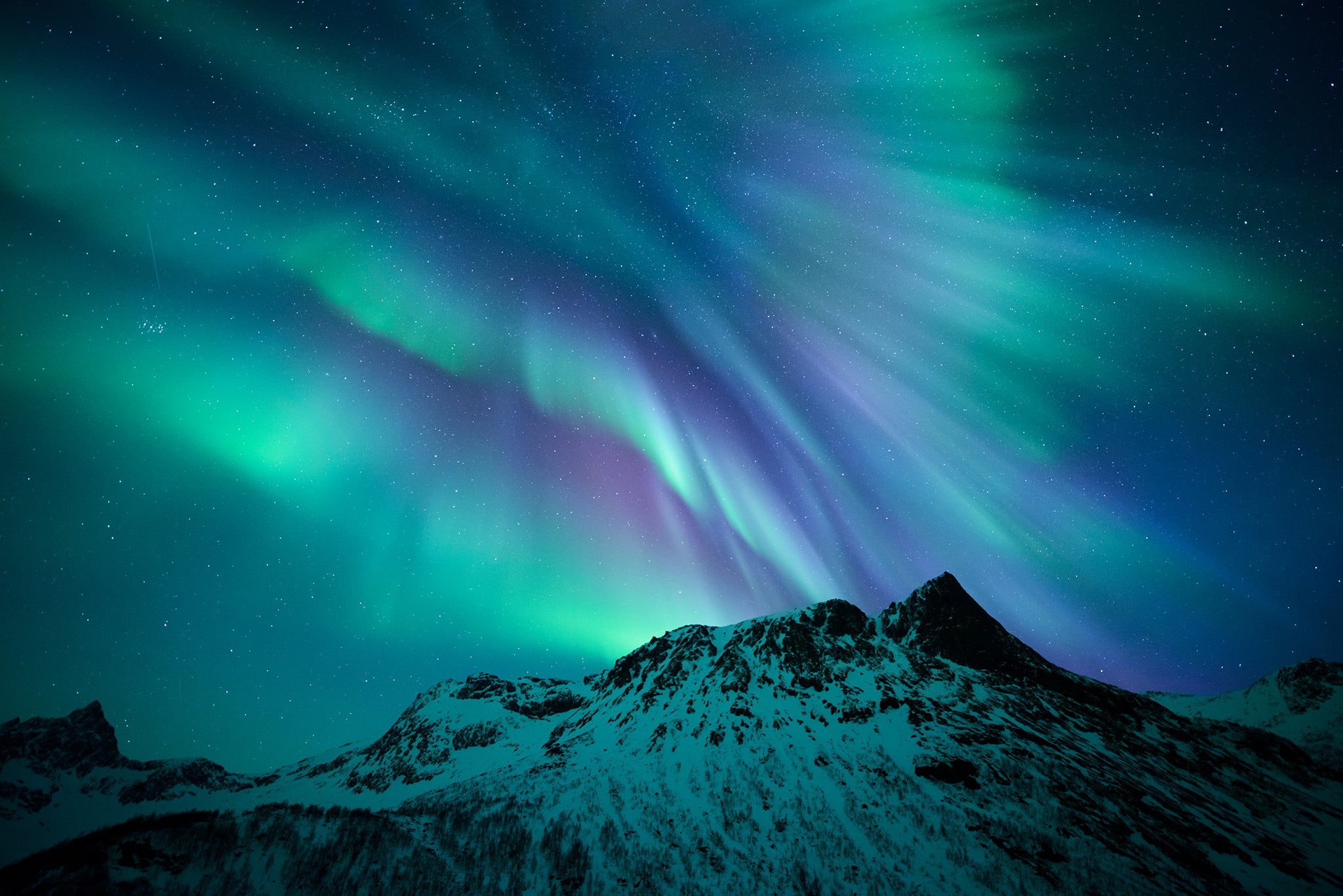
The annual shortlist for the Insight Astronomy Photographer of the Year 2015 prize is always impressive and this year's nominees are no exception.
From jaw-dropping views of the Northern Lights to incredible shots of comets hurtling through space, a record number of more than 2,700 entries have been received by the Royal Observatory Greenwich which runs the competition.
Star trails illuminate the night sky over a campfire-lit Green Lake in the Hoover Wilderness of California in one particularly dazzling photo while a lightning storm over the sea beneath the Milky Way creates an apocalyptic feel.
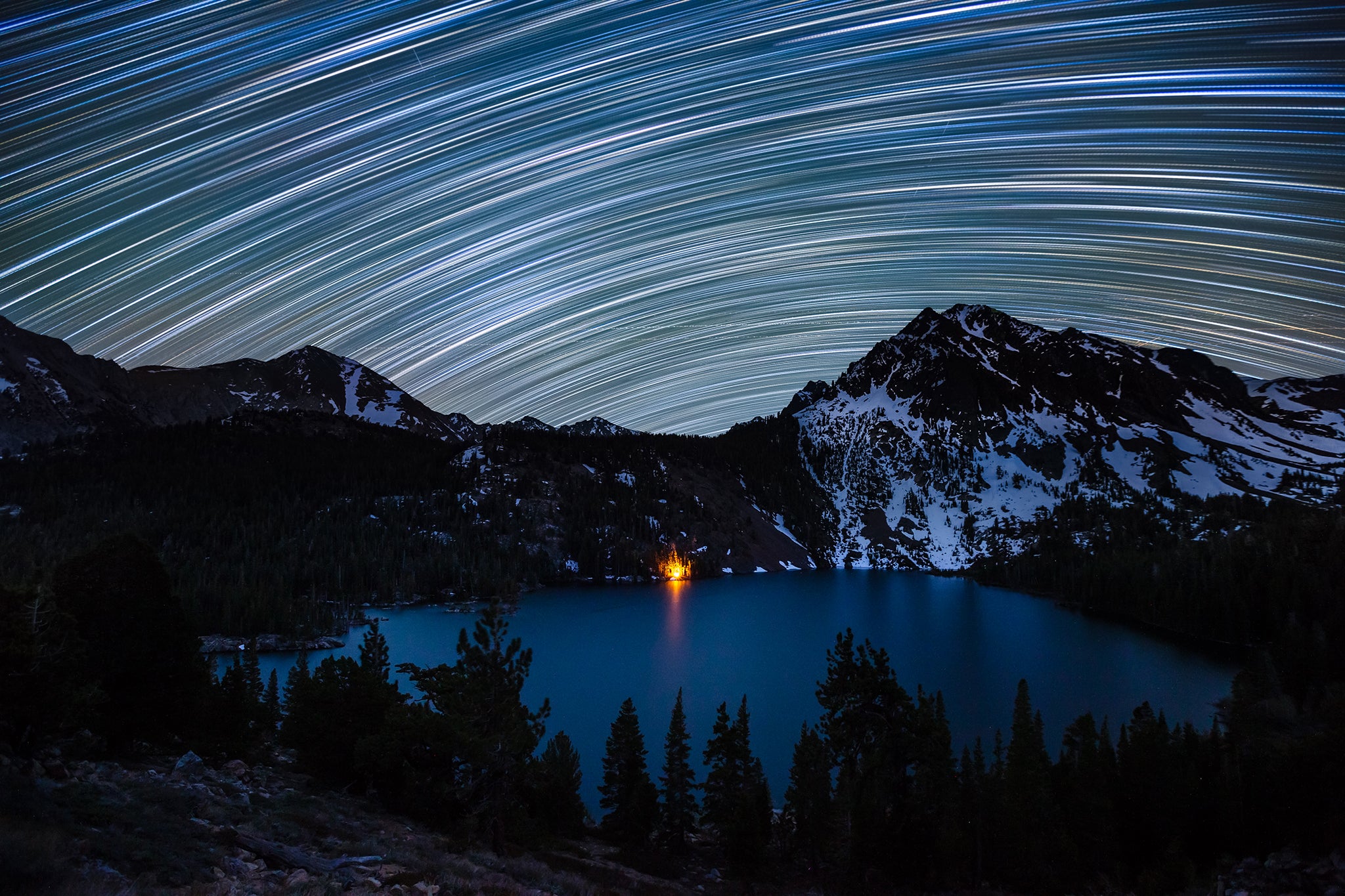
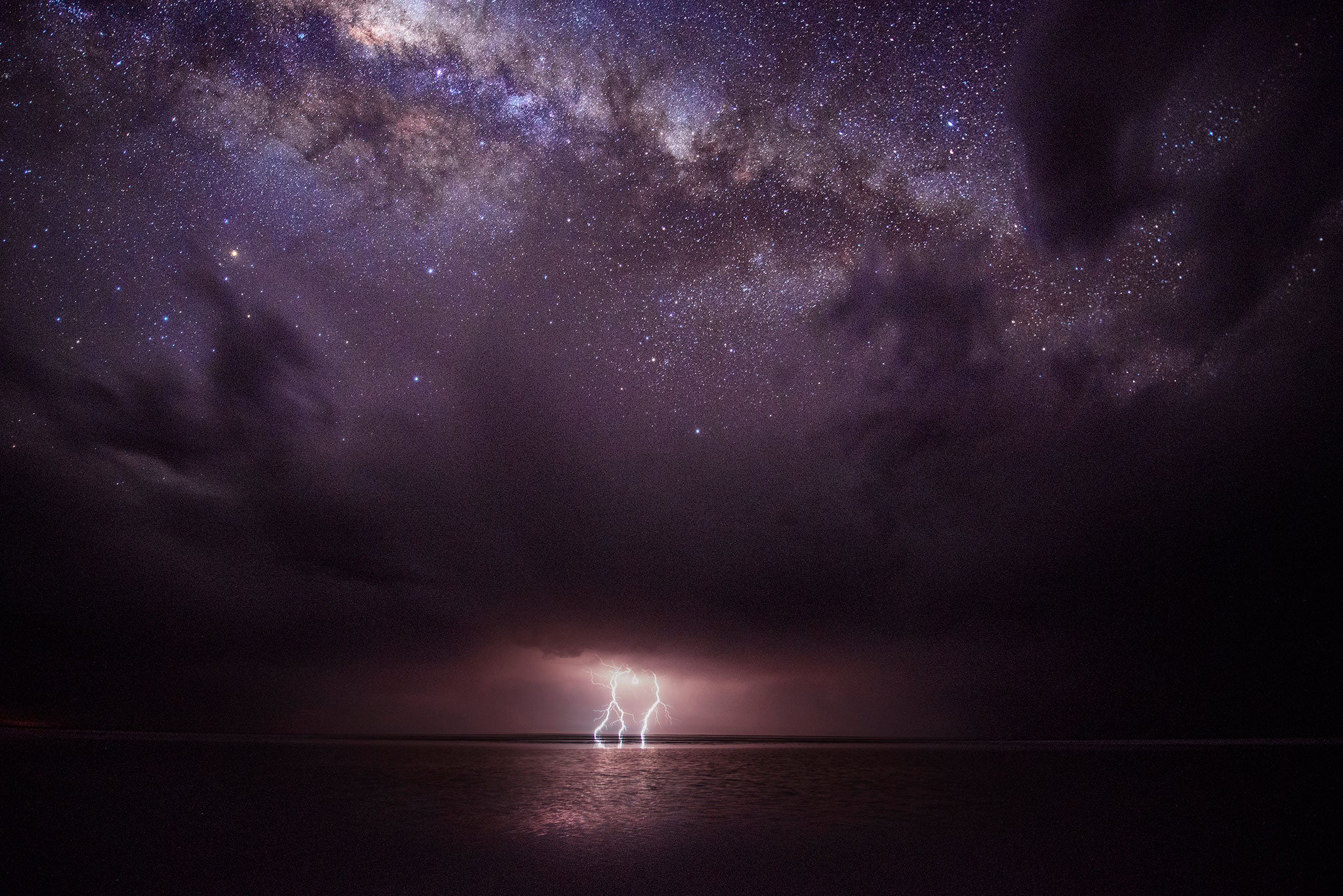
Photographers have not just stayed within the confines of Earth, instead capturing a range of astonishing sights from across the Solar System and the wider universe.
Hypergiant star Eta Carinae glows against the swirling dust and gas clouds of the Carina Nebula while the Jellyfish Nebula remains a surreal wonder.
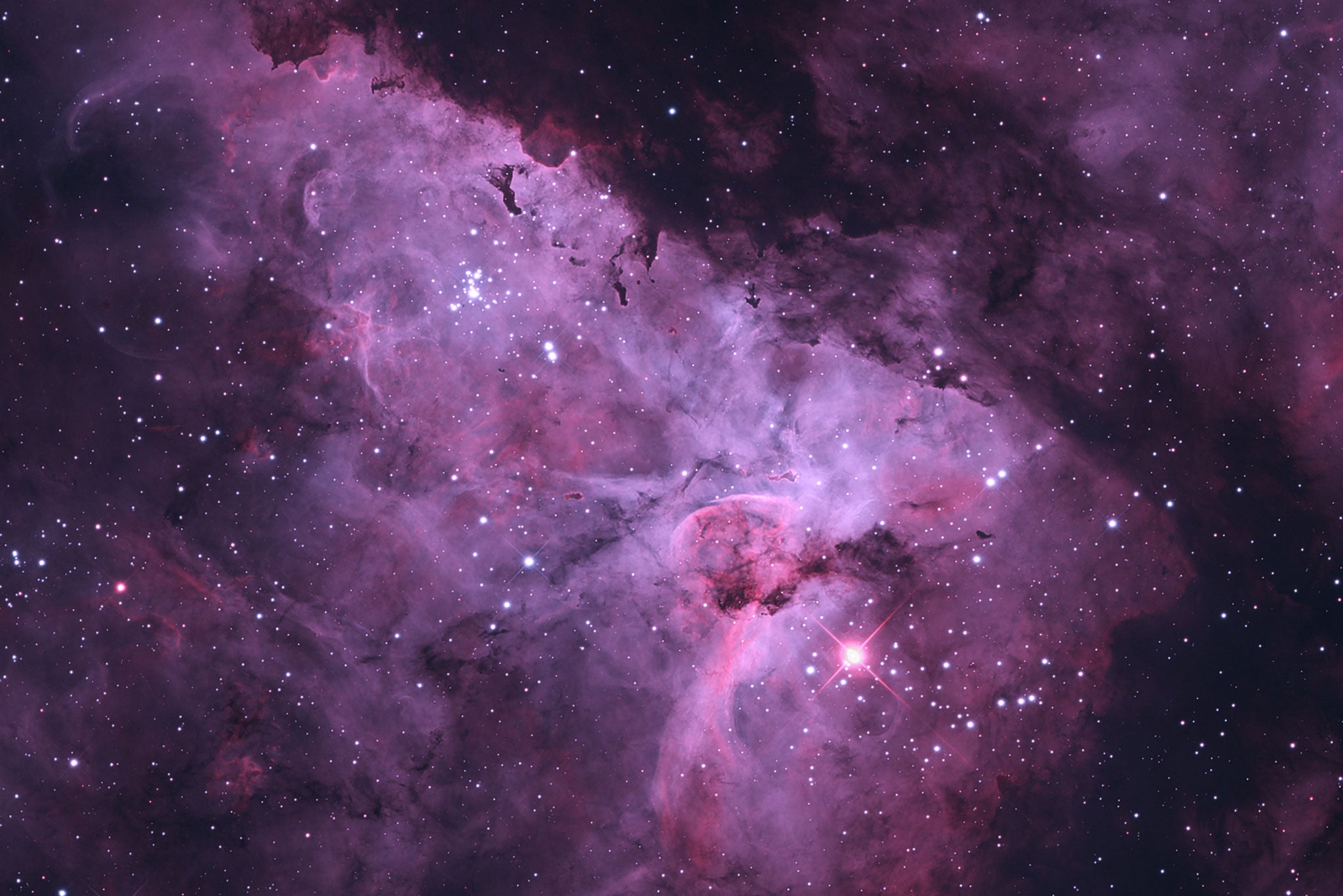
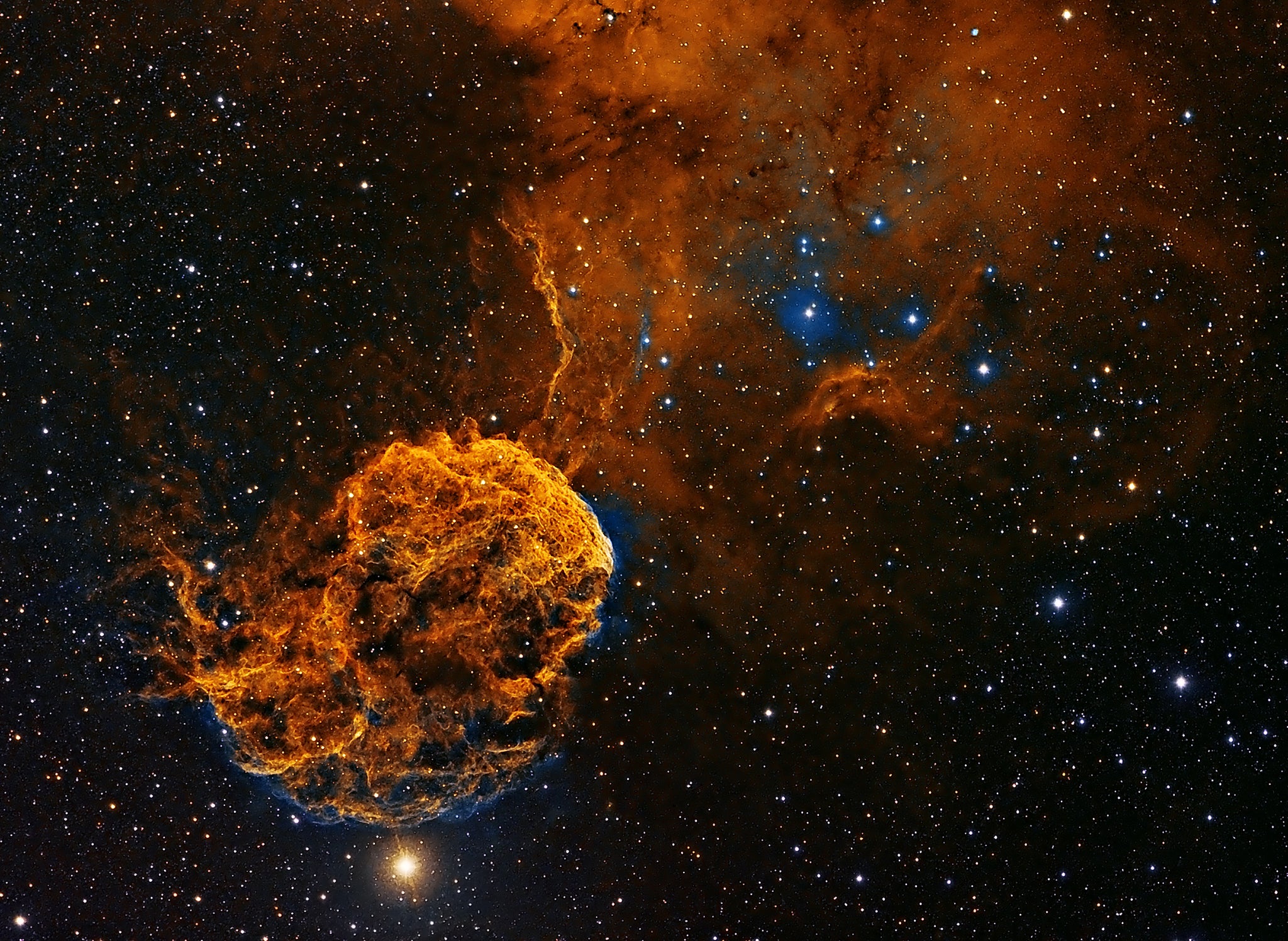
Judges for 2015 include comedian and amateur astronomer Jon Culshaw, Sky at Night magazine editor Chris Bramley and Royal Observatory's Public Astronomer Dr Marek Kukula.
Winners of the nine categories and two special awards will be announced at a Royal Observatory ceremony on 17 September and displayed in a free exhibition at the Observatory's Astronomy Centre from the next day.
Join our commenting forum
Join thought-provoking conversations, follow other Independent readers and see their replies
Comments
Bookmark popover
Removed from bookmarks